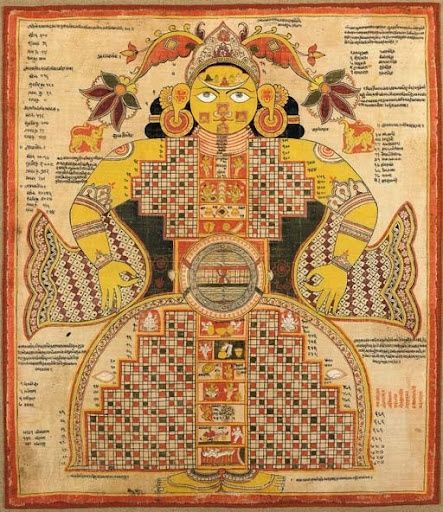Rajasthan is very rich in cultural heritage. The amalgamation of art, architecture, and culture has enriched this state. Rajasthan is full of diversity and rich in art and culture. A variety of art forms exist here and Jain art is one of the ancient art forms of India. This religion is mainly based on three pillars: AHIMSA (non-violence), APARIGRAHA (non-attachment), and ANEKANTAVADA (non-absolutism). The works involved with Jainism are referred to as ‘JAIN ART’.
HISTORY AND ORIGIN OF JAIN ART:
Jainism originated around the 6th century BCE in the Indian subcontinent. The religion always believes in non-violence. It has made an immense contribution to the fields of art, architecture, painting, and sculpture. Many Jain monuments and temples were constructed during this time. The illustrated manuscripts began to appear around the 11th century and became popular in the western region of India in Rajasthan and Gujarat. In the 13th century, the themes from Kalpasutras and the paintings of Jain Tirthankaras established the Mewar Jain painting form.
THEMES, COLOURS, AND MATERIALS USED IN JAIN PAINTING:
The main themes of Jain painting are the Tirthankaras or saviours; supernatural gods and goddesses, the yakshas and yakshinis, and several other holy symbols are used like a swastika and the lotus which represents well-being and peace. Sharp outlines are used to draw the figurines to give detailed effects. The full-face outlook mainly belonged to the Jain Tirthankaras. A common characteristic is the display of an eye behind the face is considered to be the second eye, which would be invisible in this position.
Not many colours are used to draw the Jain paintings. Colours like black, red, yellow, green, and blue are mainly preferred.
Previously during the ancient days, the paintings were done on palm leaves. But in the 14th century, the increase in the availability of paper enabled the painters to draw more elaborate paintings.
CURRENT SCENARIO OF JAIN PAINTING:
Though Jain art is unique in its own way, it has gradually become a dying art. Few exhibitions both nationally and internationally have kept it alive. Lack of knowledge and practice have led this art form to disappear day by day. At present few online platforms like Arts of India encourage the artists of India to showcase their talents on their websites. They also help in showering lights on these types of dying art forms.
Picture Source: Pinterest



